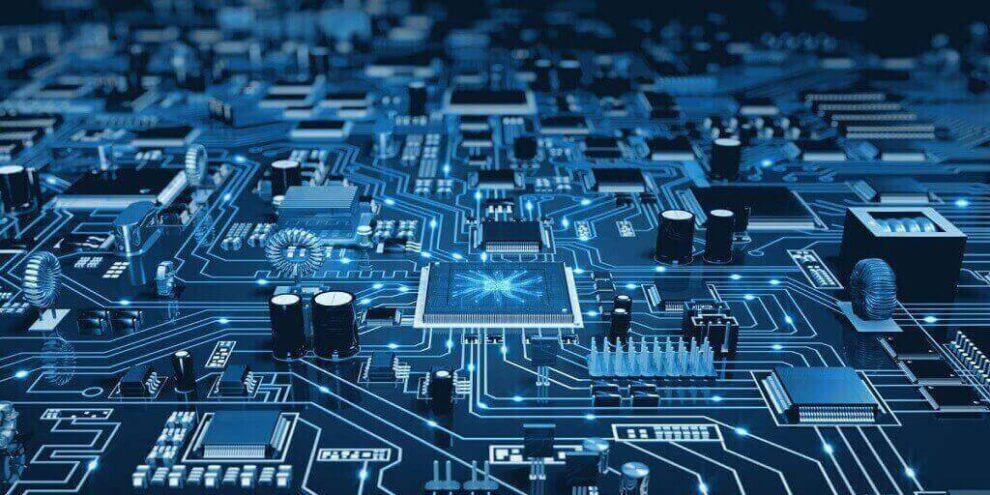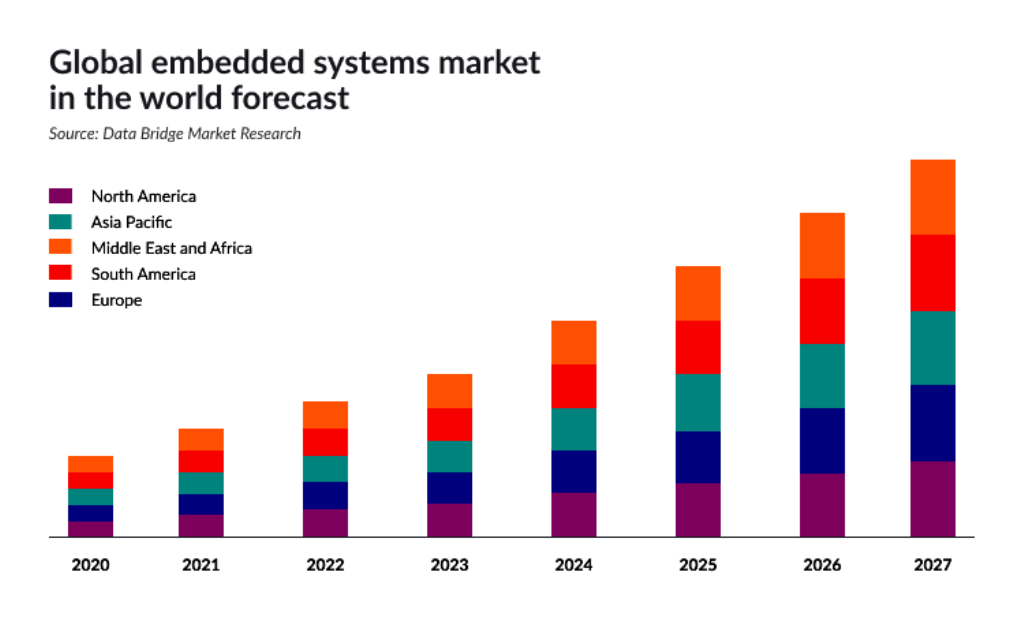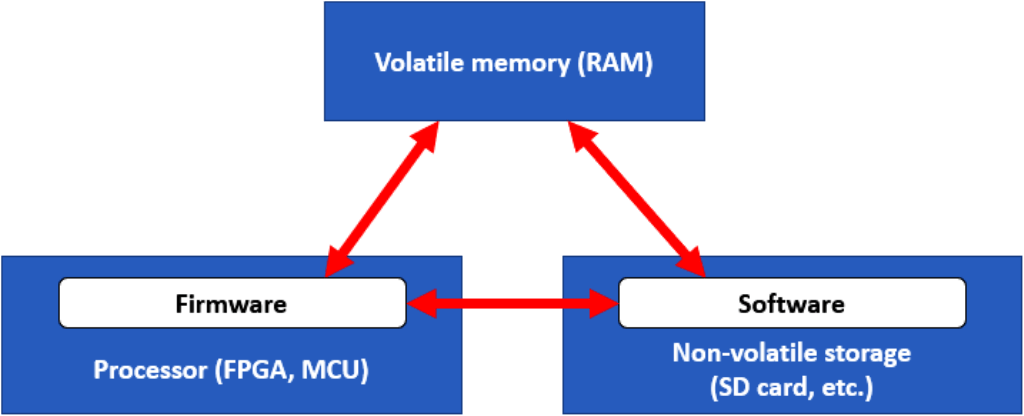Firmware Development: Things You Need to Know


The modern world cannot be imagined without electronic devices. We use them on a daily basis and already perceive them in the usual order of things. However, few people give kudos to a whole industry of embedded firmware development that is behind the proper operation of all the electronics.
Thus, according to statistics, the firmware market is growing rapidly and it should exceed $21.5 billion in total market share by 2027. The specialized development of firmware is a rather profitable, but technologically and organizationally difficult process with strict control at every stage. That’s why quality firmware development services are so highly valued.
Sirin Software’s Case Studies offer to put years of experience and multiple levels of expertise into your embedded firmware development project of any scale and purpose.

What is Firmware Development?
In order to answer this question, you need to understand the difference between firmware and software. Both work with data read and processed by the central processor. But the difference is that the firmware cannot be much customized or changed, but the software can be. However, our custom firmware development services offer tailored solutions that can maximize the potential of firmware, bridging some of these limitations.
For instance, an “out-of-the-box” smartphone has the basic functionality powered by factory firmware. It is the low-level software code that makes the hardware work. Next, we get additional functions using the programs downloaded from the markets. This is software, the data of which is based in RAM and is lost once the device power is turned off.
Firmware is embedded software that keeps hardware running. It, basically, helps to send proper signals to the physical components responsible for specific computational tasks. In addition to the concept of firmware, there is the “embedded software” term which is the software for devices running inside other, more complex devices.

What Do You Need to Create Firmware?
This is a task that should be handled by professional firmware development companies or your specialized specialists if you have any.
First of all, a firmware development engineer must define the architecture and technology stack. He will have to deal with physical devices of various sizes, complexity and purpose, in different operating environments, including:
- bare hardware;
- embedded and fully-functional operating systems;
- virtual and abstract environments.
Lowest-level software components (drivers, operating environments, and such) interact directly with the hardware. At higher levels, they (libraries, middleware) implement more abstract functions. The topmost level is called the application tier because it ties the components of the device together.
There exist the following architectures of embedded firmware development:
- A supercycle is an infinite loop of sequentially executing tasks, the order of which can be determined statically or dynamically in the style of cooperative parallelism.
- Event-based ─ suitable for state machine-based design, small devices with limited functionality, high power and latency requirements.
- Embedded OS ─ functionality ranges from simple task schedulers to feature-rich systems with memory management, messaging, device driver structures, protocol stacks, and more.
You may also find yourself in a higher-level environment that makes development easier.
This occurs when you select a key hardware component that is preloaded with firmware that offers an abstract environment. It can be a Java VM or a language interpreter.
By the way, here’s a list of the most popular programming languages for firmware development:
- C/C++;
- Hardware description languages VHDL and Verilog;
- Python/MicroPython.
The system will not work if the board is not properly designed. If you want a unique product, partner with firmware development companies that specialize in PCB design.
Picking an embedded firmware development approach
One should consider the functionality required, performance, processor architecture, target hardware memory resources, availability of software components, and ease of development and maintenance. The more functions a device has to perform, the richer the operating environment should be.
The more memory a processor has, the wider choice of the operating environment you get.
Your decision-making process should essentially be influenced by the answers to the following questions:
- How much code must be developed?
- How complex are the underlying algorithms?
- How much effort would it take to develop the code initially?
- How difficult will it be to maintain the code in the future?
The optimal architecture will depend on the operating environment. At the same time, the choice of the former often limits the possibilities of the latter. That’s why we at Sirin Software, among other firmware development companies, consider an individual compromise solution to be the best.
Most of the available programmable components exist within supporting ecosystems. You can benefit from existing code. You can find things that are already well supported ─ from sample driver code to abstraction layers, direct OS support, and complete board support packages (BSPs).
What Does the Development Process Usually Include?
When it comes to firmware development services, the requirements, as well as the preferred methods for implementing tasks, are determined by the terms of reference, which includes a set of development and testing solutions, including:
- low- and high-level software;
- drivers;
- digital data processing algorithm.
Depending on the requirements, the firmware development engineer solves the following tasks:
- algorithms modeling;
- software code composition;
- creation of testing software for initial launch and testing.
Firmware development engineers can build on existing software products. For example, it can be Linux for creating a distribution kit or “shell” or adaptation to the “hardware” of a software product.
Updates and Support
The firmware development services of the project are supported by those who implemented it in the first place. In the course of field use, errors may be detected that require elimination. In addition, the updated versions take into account the wishes of users. Sirin Software considers this question to be key. Check out our firmware development services if you need top-notch firmware with full support.